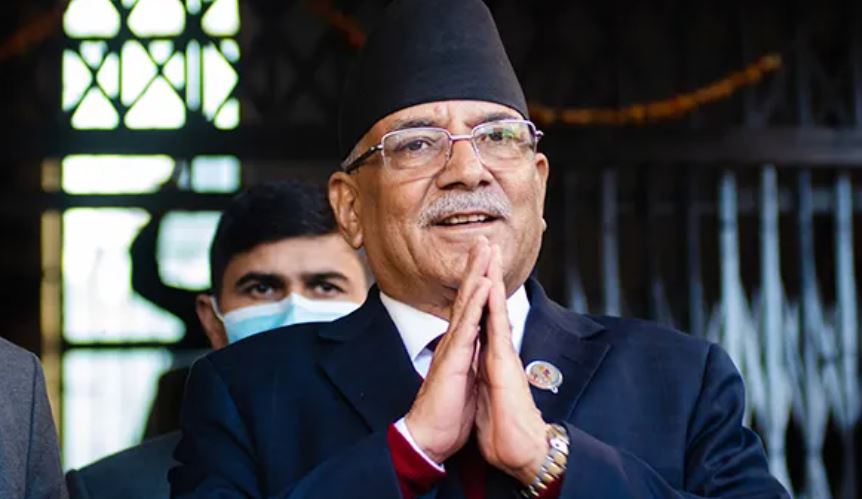Midnight Pact Shakes Nepali Politics
In a dramatic turn of events, Nepal’s political landscape has been rocked by a clandestine power-sharing agreement between the Nepali Congress (NC) and the Communist Party of Nepal-Unified Marxist Leninist (CPN-UML). This unexpected alliance, forged under the cloak of secrecy, seeks to displace the current coalition government led by Prime Minister Pushpa Kamal Dahal “Prachanda.”
Nepali Congress and CPN-UML Join Forces
The architects of this new political order, Nepali Congress President Sher Bahadur Deuba and former Prime Minister K.P. Sharma Oli, have reportedly agreed to a rotational premiership for the remainder of the parliamentary term. This strategic maneuver, backed by the combined strength of their parties’ 167 seats in the 275-member House of Representatives, positions them to form a formidable majority government.
Power-Sharing Dynamics and Constitutional Amendments
Under this nascent agreement, Oli is slated to lead the government in the first phase, with the CPN-UML assuming control of key ministries, including finance. The Nepali Congress, in turn, will oversee ten ministries, including the crucial home ministry. The agreement also extends to provincial governments, with the CPN-UML and Nepali Congress each leading three provinces. Furthermore, the two parties have committed to constitutional amendments, a move with far-reaching implications for Nepal’s governance.
Prachanda’s Predicament
While Prime Minister Prachanda has engaged in discussions with Oli regarding these developments, his immediate resignation appears unlikely. The CPN-Maoist Centre, Prachanda’s party, maintains a cautious stance, emphasizing the need for further dialogue before any definitive action is taken.
Political Instability and the Quest for Consensus
Nepal’s political history has been marked by frequent government changes, reflecting the fragility of its political system. This latest power play raises concerns about renewed instability, but proponents of the new alliance argue that a “national consensus government” is essential for political stability and constitutional reform.
The Road Ahead: Challenges and Opportunities
The formation of this new government faces potential obstacles, including internal dissent within the CPN-UML and the reaction of other political parties. However, if successful, it could usher in a period of relative stability and pave the way for significant constitutional amendments.
Key Takeaways:
| Key Learning Points |
|---|
| Nepali Congress and CPN-UML form an unexpected alliance. |
| The agreement includes a rotational premiership and constitutional amendments. |
| Prime Minister Prachanda’s future remains uncertain. |
| The new alliance aims for political stability and reform. |
Soumya Smruti Sahoo is a seasoned journalist with extensive experience in both international and Indian news writing. With a sharp analytical mind and a dedication to uncovering the truth, Soumya has built a reputation for delivering in-depth, well-researched articles that provide readers with a clear understanding of complex global and domestic issues. Her work reflects a deep commitment to journalistic integrity, making her a trusted source for accurate and insightful news coverage.



